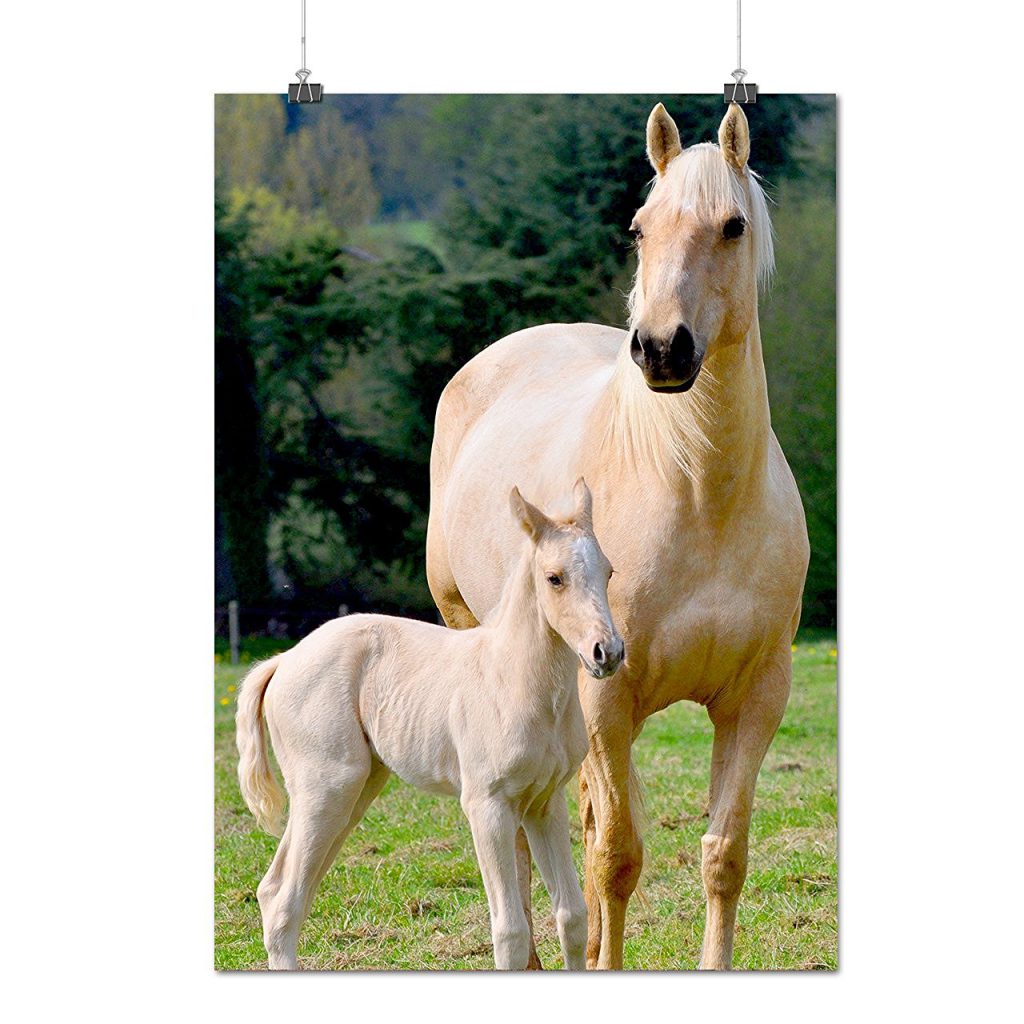
Horse Family Albinos Animals Matte/Glossy Poster A1 (84cm x 60cm) | Wellcoda
Horses are some of the most beautiful animals on the planet. We associate them with freedom, elegance and power.Horses are beautiful, sensitive, intelligent and emotional creatures that humans began to interact with and domesticate as early as 4,000 B.C.
Horses can help one learn how to communicate without words. While there is no doubt that words enable individuals to communicate clearly and precisely with others, there is also a lot to be said for the power of nonverbal communications.
Working with a horse teaches an individual to be a creative and patient teacher.Horses are easily dominated. The horse is a herd animal where a dominance hierarchy is always established.
If done correctly, human dominance can easily be established during training without causing the horse to become excessively fearful.A horse will not usually respond to rough, impatient directions, which forces their owner to naturally become more creative and patient – a skill that can carry over into the rest of their life.
Equine assisted therapy is a growing field where horses help people with a wide range of mental health issues. A relationship between the patient and the horse develops and allows the person to engage with nature through a beautiful and peaceful animal. This aids in building trust, respect, compassion, communication and self-confidence. The skills learned through building a meaningful relationship with the horse are transferable to other aspects of the individual’s life.
A 2010 study revealed some very surprising results about horse intelligence,especially memory. Not only does our equine friend understand our words far better than we have previously anticipated, its memory is at least as good as that of an elephant.
Horses forgive, but do not forget. They especially remember bad situations! This is why it is critical to make the horse’s first training experience a positive one.
If a horse is treated kindly, it will remember the person as a friend for as long as it lives. The horse will instantly resume friendship when it sees them again, regardless of how long they have been apart. They also remember places very well—most horses become nervous when they’re taken to a place where they’ve had a startling experience.
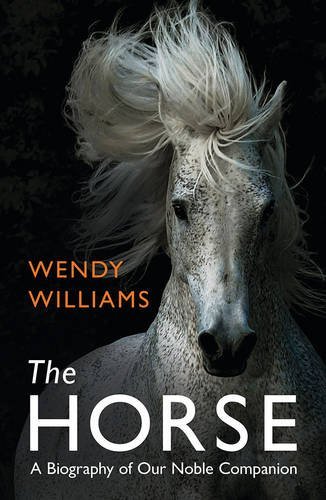
The Horse: A Biography of Our Noble Companion
Horses have evolved as prey animals. They are the hunted.Its natural predators are large animals such as cougars, wolves, or bears, so its ability to outrun these predators is critical.
Their instinctive flight response and much of their complex interaction within a herd have grown from this basic premise: escape or be eaten.A horse will instinctively run at the first sign of danger and for this reason horses are highly reactive. Good training can overcome this behaviour so that a horse and rider/handler are safer.
However it must always be remembered that if a horse feels trapped then they may resort to kicking out, striking or biting if they cannot escape. When handling a horse aim to read the body language of the horse. Aim to not pressurize the horse to the point where he or she feels that escape or defence is necessary.
Horses use their ears, eyes and nostrils to express their mood. They also communicate their feelings through facial expressions.
Horses use a range of different vocalisations to communicate. Whinnying and neighing sounds are elicited when horses meet or leave each other. Stallions (adult male horses) perform loud roars as mating calls, and all horses will use snorts to alert others of potential danger. Mares (adult female horses) use deep smooth sounds, whickering, when they are nursing a foal (infant horse).
Horses and other equines have better senses of smell and hearing than humans. Their ears can turn in different directions to aid their hearing.Horses are fond of sweet flavors and they refuse anything that is bitter or sour.Horses can drink 25 gallons of water per day and can even drink more during hot weather.
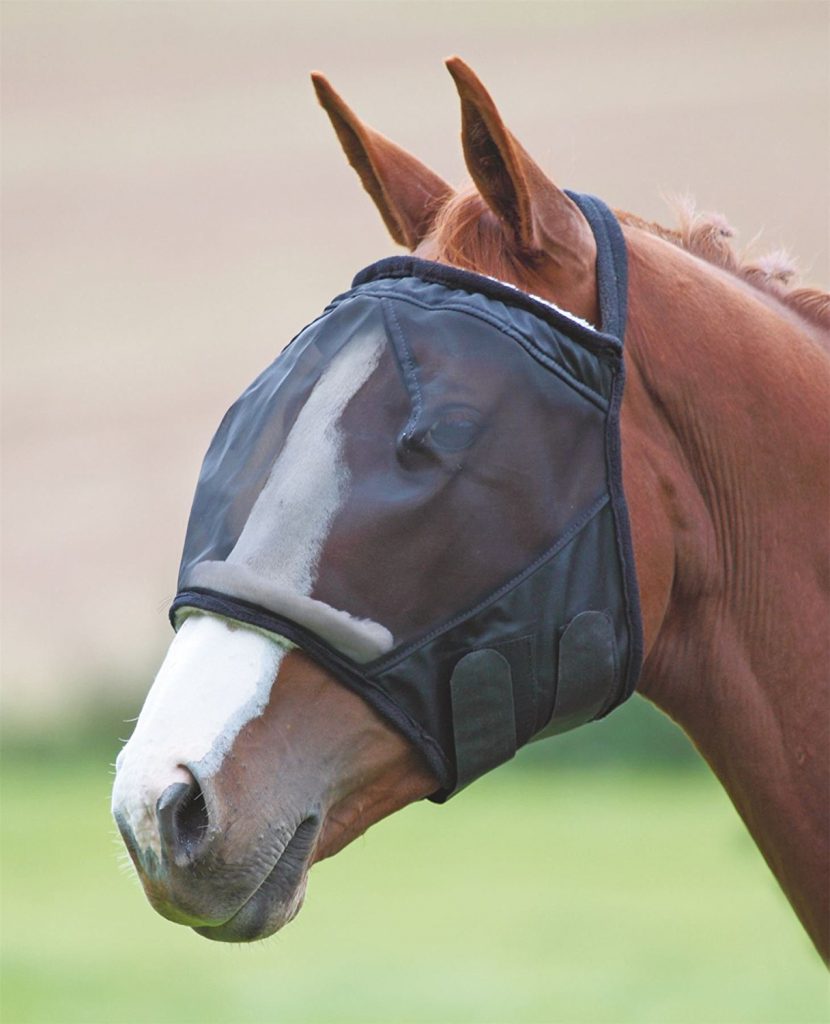
Horses have good eyesight. The sizes of their eyes are around 5 centimeters, the biggest eyes of all land animal. Compared to humans, the eyes of the horses are nine times bigger. However, they do not have the ability to focus as humans can do. The upper part of their eyes is for closer viewing while the lower part of the eye is for seeing distant objects.
A horse’s vision is its primary detector of danger. Even though they have poor color vision, they can differentiate blue and red from gray hues. However, they have more trouble differentiating yellow and green from gray.
Horses also have poor depth perception when only using one eye. They can’t tell a trailer from an endless tunnel, or a mud puddle from a bottomless lagoon. Their perception is improved by about 5 times when using both eyes (binocular vision). They can instantly change their focus from near to far objects. This is why horses cock their head in different ways to see close vs. distant objects.
Horses have an acute ability to detect movement. This is why a horse is much flightier on windy days; things that are normally stationary are now moving and perceived as a potential threat. Horses are able to see fairly well at night; however, the contrast sensitivity is less than that of a cat.
Though horses sleep by standing up, they also lay down but only for short times. They can sleep standing up due to the support of their forelegs and hind legs, which allow them to relax while preventing to fall. Most horses prefer standing up in sleeping because their weight adds pressure on the internal organs when they are lying down.
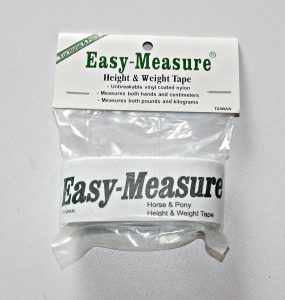
Horse & Pony Easy Measure Tape for Height and Weight – Essential for Worming-FREE UK DELIVERY
The basic measurement of horse height is known as a “hand”. A 4-inch measurement is normally used to calculate the height of a pony or a horse at the top of their shoulder. For example, a pony is an equine measured at around 14.2 hands. However, miniature horses are not measured in hands, they are measured in centimeters or inches.
Humans are omnivores, lions are carnivores, and horses are herbivores. The way their teeth are formed, the position of their eyes and their digestive system are all typical characteristics of herbivores.
Horses are ‘trickle feeders’ which means that they eat small amounts almost continuously. They are meant to eat for between 12 and 16 hours throughout the day and night.
This food should be low in energy and high in fibre. A good example is low sugar grasses (such as most native grasses in Australia) and hay made from low sugar grasses.
Horses are not meant to eat ‘meals’ consisting of highly concentrated food only. Even if a horse is receiving concentrates (due to a high workload etc.) then the high fibre (but low energy) part of the diet must be kept up in order to keep the gut functioning properly. Otherwise the risk of colic and gastric ulcers is increased.
If we feed the horse large amounts of high energy feeds we also risk serious problems. Too much grain or free access to ‘improved’ grasses which are too high in sugar for horses (because they have been developed for the dairy cow and beef cattle industries) can cause problems such as obesity.
It is hard to tell the exact age of horses, but you can have the estimated age through its teeth. Horses require dental care for the teeth, however, there are times that horses have longer lives compared to their teeth, and so, it is essential that you feed senior horses with extra care. Teeth of baby horses start to appear shortly after birth, but the first permanent teeth grow in between 2-3 years old. When they reached late 20’s, they may start to lose some teeth.
Our knowledge or horse nutrition, horse care and veterinary medicine has increased. Because of this, just as human life expectancy has increased, so has equine longevity.The average age of horse life span is around 30 years.However some ponies and horses can even live up to 40 years old and over.
Horses in the wild live in small herds, and domestic horses feel more comfortable if they have companions too. It can be quite stressful for a horse to live alone. To keep your horse happy, it will need a (preferably equine) friend.
A normal healthy horse would never live alone by choice. When horses live in a herd situation (either in the free living or domestic state) they have a rich and varied social life that includes activities such as play behaviour and mutual grooming behaviour.
Horses that live in herds and graze naturally get to exercise their senses frequently. For example, they smell each other when greeting and they smell each other’s dung. They use their visual and hearing senses to look out for and listen for danger. They use their senses of taste and smell when selecting which plants to graze.
Living as part of a herd has many advantages such as ‘safety in numbers’. Grazing involves having the head down in the grass which makes it difficult to see predators approaching. More sets of eyes and ears mean that predators can be seen or heard sooner.
A horse living alone in the wild would be much more likely to be caught by a predator. This horse would also expend too much nervous energy by having to stay in permanently alert state. So for this reason horses either live in family groups (a stallion, a few mares and their offspring) or bachelor groups (for colts and stallions that do not have mares). Horses that live in herds can take it in turns to be alert and to rest and therefore responsibility is shared among herd members.
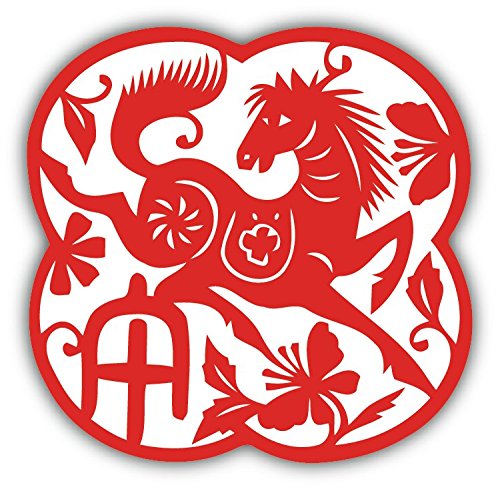
Horse Chinese Zodiac Sign Car Bumper Sticker Decal 12 x 12 cm
The horse is one of the 12 Chinese signs of the zodiac. Anyone born in the year of the horse is seen to embody the characteristics of the animal, namely intelligence, independence and a free-spirit.
A horse is the projection of peoples’ dreams about themselves – strong, powerful, beautiful – and it has the capability of giving us escape from our mundane existence.
Horses Body Signals
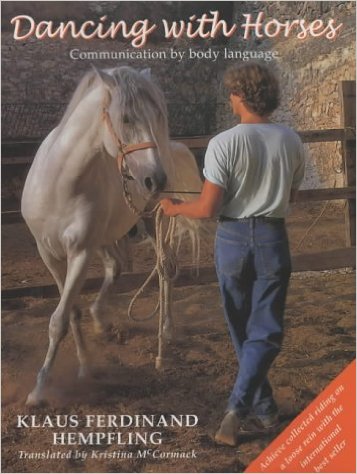
Dancing with Horses: Communication by Body Language
Horses are good at letting us know exactly how they are feeling; the only problem is most people don’t know how to speak “horse.” So here are some tips on reading a horse’s body language.
Horse Breeds
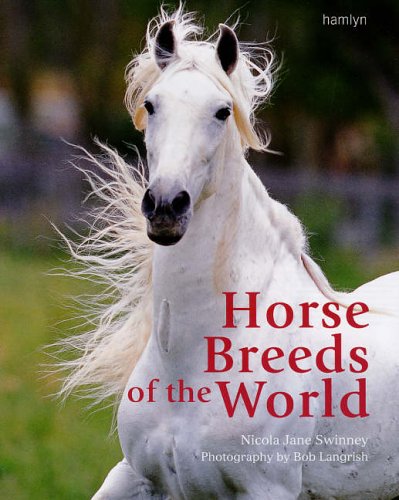
There are over 350 breeds of ponies and horses in the world today which fall into four major groups.
1. Light Horses
Horses with small bones and thin legs which weigh less than 1300 pounds. Some examples are: Thoroughbreds, Quarter Horses, Morgans, Arabians, Saddlebreds and Tennessee Walkers.
Thoroughbreds
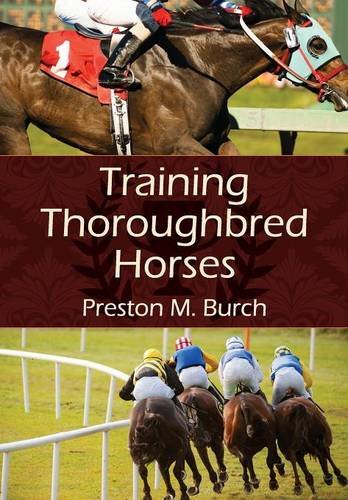
The Thoroughbred evolved in Britain in the 17th and 18th centuries, due to an interest in racing. The Thoroughbred pedigree can be traced back to the bloodlines of the three key Arabian stallions, none of which ever raced. Most Thoroughbred genes are derived from only 31 original ancestors, and all descend from these three stallions.
2. Heavy Horses
Draft or large horses weighing up to 2000 pounds. They are strong with large bones and sturdy legs. Some examples are: Percherons, Clydesdale, Shire, Belgian and Suffolk horses.
Percherons
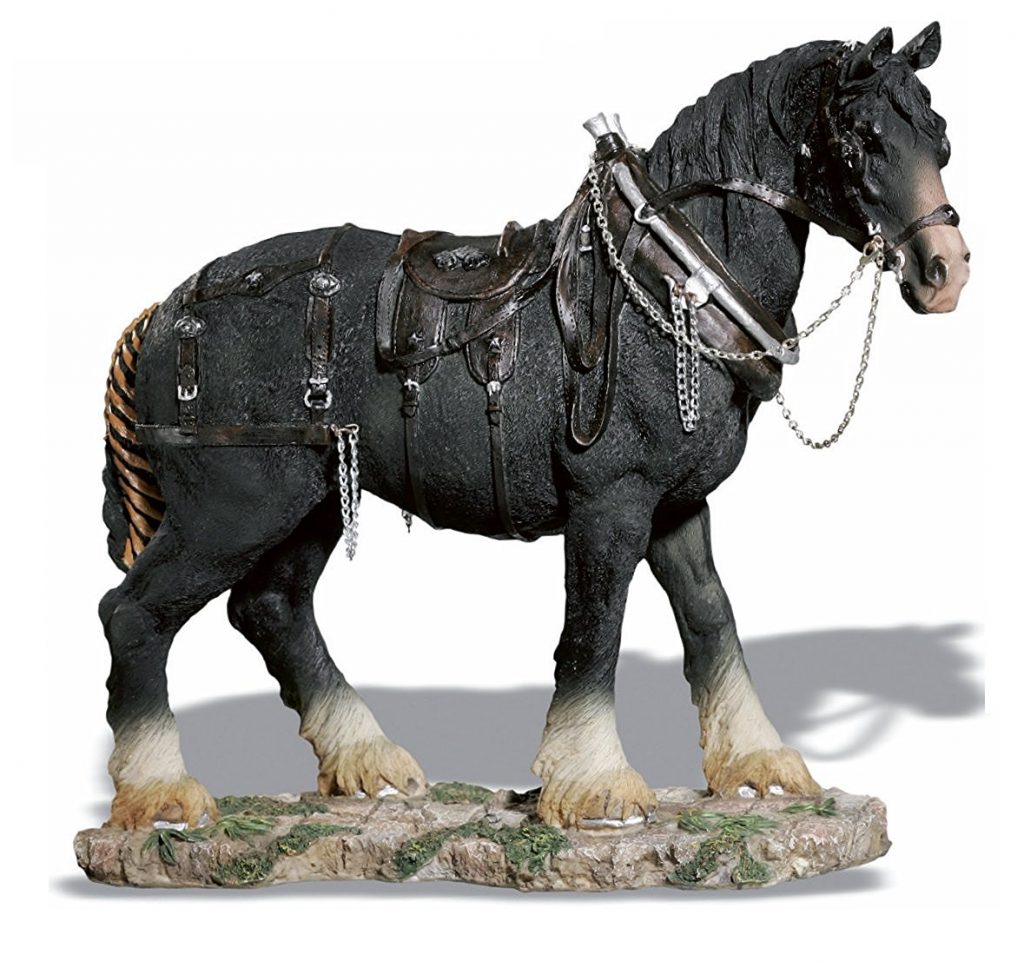
The Percheron is a horse breed developed in the Huisne river valley in France, which was previously known as Perche. Originally bred as a war horse, the Percheron is known for its strength, intelligence, and work ethic, which makes it a historically popular breed.
3. Ponies/Small Horses
Ponies and small horses are not usually larger than 58 inches tall ( 14.2 hands and under) . Some examples are: Shetland, Haflinger, Caspian, Fell, Fjord and Chincoteague ponies.
Shetland
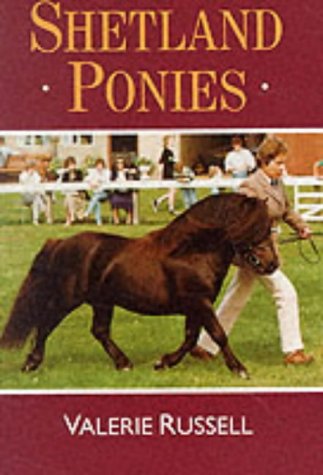
Shetland Ponies (Horses & ponies)
Originating in the Shetland Islands, Scotland, the breed is adapted to the islands’ harsh climate and scant food supply.
For at least 4000 years, in comparative isolation, these fascinating small ponies have roamed the exposed hills and moors of Shetland. This unrestricted lifestyle has led to the evolution of a unique and hardy breed, befitting the environment.
4. Feral Horses
Horses which are wild or semi-wild. A mustang is an example of a feral horse.
Mustang
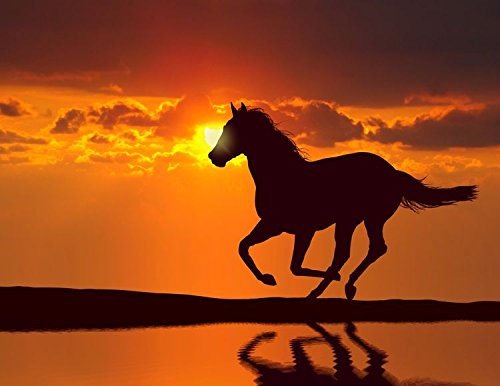
Mustang Running Horse at Beautiful Sunset Animal Nature Home Decor Wall Poster 43 x 33 cm
The Mustang is a feral horse found now in the western United States. The name Mustang comes from the Spanish word mesteño or monstenco meaning wild or stray. Originally these were Spanish horses or their descendants but over the years they became a mix of numerous breeds.
Tips For How To Care For A Horse
As a responsible horse owner or handler you will need to keep you self updated on horse care information and basic guidelines to ensure your horse lives a long, happy life.
Keeping a horse involves a dedicated commitment of both time and money. You must providing adequate shelter and an exercise area that will most likely require cleaning, as well as a variety of horse supplies.
Basic horse care involves daily feeding and watering, daily exercise, and regular medical attention including vaccinations. But dedicated care will lead to optimal horse health, providing you with a fun and rewarding companion as a pet, for recreation, or for show.
If you have any information,questions, or feedback you would like to include in this webpage.
Please email momo19@naturekingdoms.com or leave your comments below.
2 Comments
Noelle
October 17, 2016 at 10:43 pmWhat a wonderful article about such beautiful creatures! A truly interesting read. How lucky we are to care for and love such magnificent animals! There are so many different types and breeds, yet they are all so beautiful. What first got you interested in the topic of caring for horses?
momo19
October 18, 2016 at 1:24 pmHi Noelle,
So happy that you enjoyed reading this post.
I fell in love with horses after seeing the film Horsewhisperer and never looked back.
Horses are just wonderful- their personalities are so distinct and they will (like most animals) really communicate with a lot of intelligence if you will learn their language and listen. You have to watch as well as listen.
There is a lot to learn from horses and all mammals, if we will take the time and communicate with them without any ego barriers.